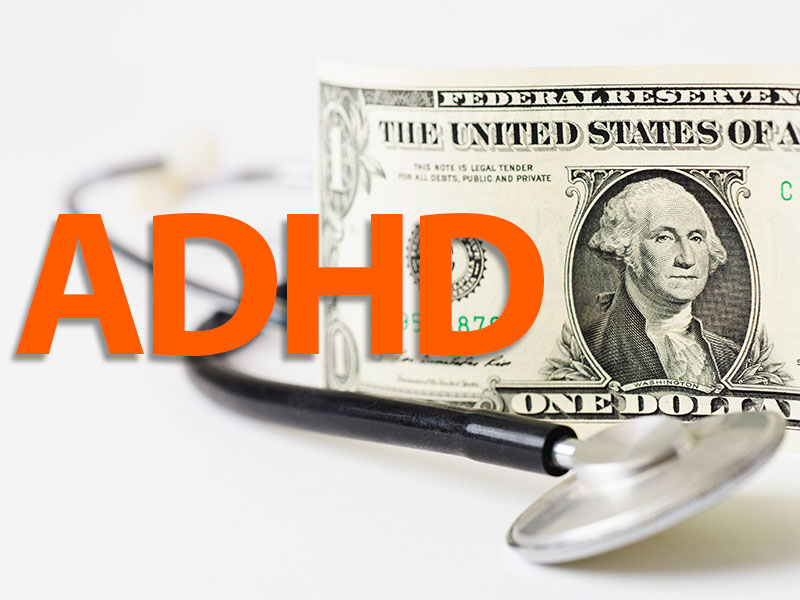Attention Deficit Hyperactivity Disorder (ADHD) is one of those catch-all diagnoses; even for toddlers who would rather play in the sunshine than sit transfixed by a video screen. According to the CDC, “About two million of the 6.4 million children were diagnosed as young children aged two — five years. About 75% of young children with ADHD received medicine as treatment.” It’s astonishing and tragic that these developing brains are bombarded with drugs and the resulting side effects for the rest of their lives. Parents are under enormous pressure from teachers, administrations, physicians and big pharma to get that disruptive child on a pill. But what if this diagnosis that sells millions of prescriptions for Ritalin or Adderall or Wellbutrin, or any of the myriad of toxic combinations, is just a false paradigm?
Natural News reports, “ADHD, first coined by the American Psychiatric Association’s Diagnostic and Statistical Manual in 1980 as “attention-deficit disorder,” has since then skyrocketed. In 2003, 7.8% of children were labeled with ADHD, and by 2011, that number spiked to 11%.
This false paradigm is now being planted in the minds of one in every nine children. Two-thirds of the diagnoses are in boys. . .The more a child takes these drugs, the more they will develop a tolerance to them, which can lead to a dangerous addiction spiral.”
Even the CDC now says that family therapy is preferred over medications. But a book by neurologist Dr. Richard Saul, titled ADHD Does Not Exist: The Truth About Attention Deficit and Hyperactivity Disorder, goes even further, says Natural News: “In his own words, “Not a single individual — not even the person who finds it close to impossible to pay attention or sit still — is afflicted by the disorder called ADHD as we define it today.”
Think twice before your children swallow their pills.
Sources:



